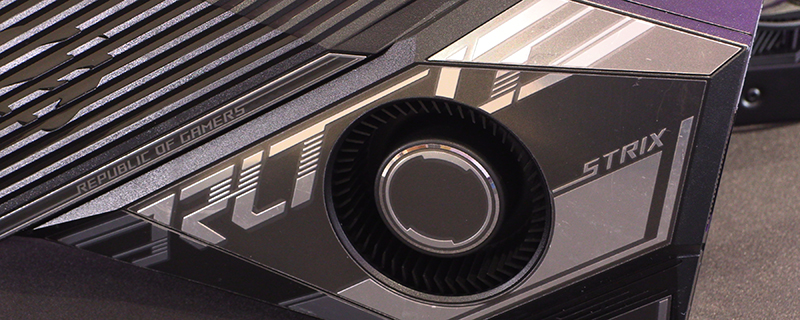ASUS Strix RTX 3080 Ti LC Watercooled Review
Conclusion
Given how genuinely surprised we were by the Nvidia pricing, and absolutely flabbergasted to the point of mute incredulity at the price of the MSI SuprimX, perhaps ASUS are being clever by refusing to reveal the price of their ASUS Strix Watercooled take on the RTX 3080 Ti.
It’s not like the ASUS Strix range is famously affordable, or that graphics cards with built in AIO watercooling solutions are famously the same price as their air-cooled cousins. If you’d have asked us before we discovered any prices we’d have guessed that the ASUS tax was in full effect and this card would rock up at around £1000. Then we discovered even the vanilla Nvidia FE card was £1049, and the MSI SuprimX – which matched the Strix in pricing on the plain RTX 3080 format – an insane £1749.
But right now, we’ve no idea how much this is going to cost. Reviews are sadly not written as you read them because it’s quite difficult to type them live. Right now it’s Tuesday afternoon on the first of June. Not a clue how much this will retail for. So what can we tell you about it without alluding to the price?
The temperatures are fantastic. No matter how good air-cooling will become it will never match a watercooled setup for low temperatures. It’s why nearly all of us use AIOs on our CPUs. The Strix continues this good work with a maximum temperature obtained of 48°C, a delta of 26°C above ambient. This gives you plenty of thermal headroom of which the GPU Boost technology can take full advantage and it does so with the Strix having an average boost clock 15 MHz higher the MSI, which was itself 80 MHz higher than the Founders Edition. The performance results bear out this closeness between the two partner cards, with them neck and neck throughout our testing.
We’re not super keen on the decision to go with a blower fan for the power section of the card and use the watercooling solely for the GPU and GDDR6X. It can’t cost much more to build a slightly bigger copper block that covers everything. As we say though, we don’t know the price of this yet. If it rocks up around £1100 then clearly that decision is a wise one for cost reasons, and if it rocks up at usual Strix pricing then it’s unconscionable. We’re not very keen on the looks if we’re honest. The actual card itself looks a bit cheap thanks to that blower shroud, although the radiator end is very nice if you ignore the spaghetti. It’s designed to go in your roof, where your CPU AIO sits, so make sure you’ve got at least 240mm of intake room in your case to put it somewhere else, and accept it’ll be blowing warm air into your case rather than out of it.
*Update*
We now know the price. You know how obscene we found the MSI price of £1749, well the ASUS Strix LC is £1799. We expected it to be around the same as the MSI to be honest, because although it’s a watercooled card and thus there is an AIO cost to eat, the actual card is very plastic and cheap looking whereas the MSI at least looks like a premium product. But £50, fair enough. After all, when the MSI is offensively expensive when compared to the Founders Edition then the ASUS being ever so slightly more offensively expensive doesn’t really change anything. They have already crossed the Rubicon. Buy the Nvidia Founders Edition if you must but vote with your wallets here. How dare they treat the customers so poorly they feel they can jack the price an extra 77% over the FE card and know you’ll have to pay it. If you absolutely must have an ASUS Strix the air-cooled model is a still stupid but not quite as stupid £1599. Don’t though, save your money, buy Nvidia FE. If you’re not gaming at 4K save your money and grab a regular RTX 3080.
Discuss the ASUS Strix RTX 3080 Ti Watercooled in our OC3D Forums.



